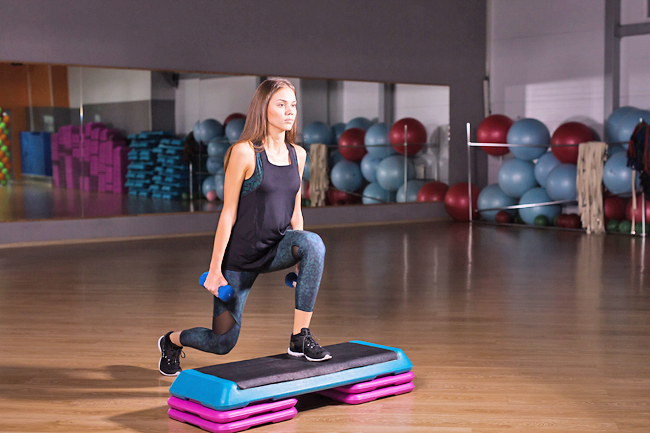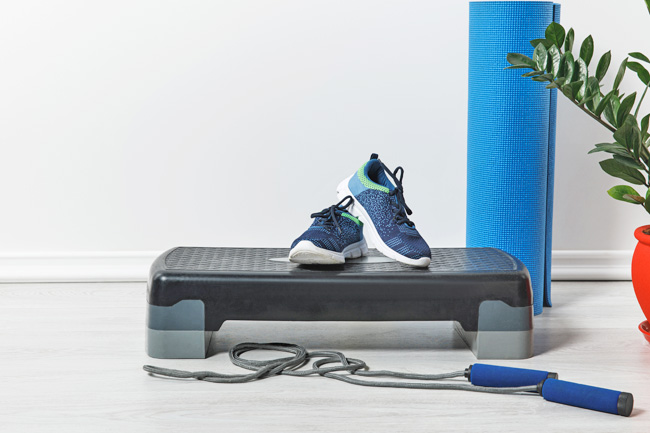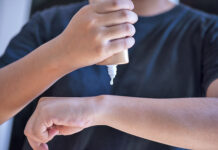ANN/THE STAR – There are simple ways to squeeze in a quick workout without needing any special equipment – just a staircase or bench will do.
For those who dislike traditional exercise, this is an easy way to get started. You may not break a sweat, but you’ll still burn some calories and target those pesky “jiggles”.
The exercise is called a step-up: all you do is step up and down while alternating legs – and no, it’s not the same as climbing stairs.
The exercise is literally called a step-up – take a step up and down while alternating legs – and no, this is not the same as climbing stairs.
This simple exercise is suitable for all fitness levels, and if you’re indeed crunched for time, even a minute at a time, done four times throughout the day, will enable you to reap some benefits.
You can get a fantastic aerobic workout by doing step-ups with no or light weights, increasing speed and duration.
Or it can be a strength-training workout that targets the leg and gluteal muscles.
If you do them consistently, you should see a toned bottom half within weeks.
For those with balance problems, it can help with stabilisation and proprioception (the perception or awareness of your body’s position and movement), as you are required to control your balance as you move up and down, forward and back.
An added bonus: it strengthens the legs individually, building equal strength in each one.
Physiotherapists sometimes use it as part of a knee rehabilitation programme.
A lower step works the quadriceps (thigh muscles) more, while a higher step works the hamstrings (back of thighs) and gluteals more.
Ideally, beginners should start with a step height about six to eight inches (15.2 to 20.3 centimetres) until they get used to the movement.
While it looks seemingly easy, do watch out for these common mistakes to minimise your risk of injury:
– When you step up, make sure your knees don’t go past the toes, which then puts a lot of stress on the knee joint.
– The knee of the leading leg should be aligned directly over the first and second toes, and not sway to the right or left.
– The whole foot should be placed flat on the step and not hang halfway out, ie the heel shouldn’t be off the step nor should you be balancing on the balls of your foot.
– Don’t grip your toes.
– The foot that is being placed on the step first should be doing all the work, not the foot that is trailing.
– Pushing off from the second leg reduces the load on the leading leg, which isn’t the goal.
– You can lean forward slightly, especially if the step is high, but avoid hunching or rounding the back.
– Keep your abdominal muscles engaged at all times. – Revathi Murugappan





















































